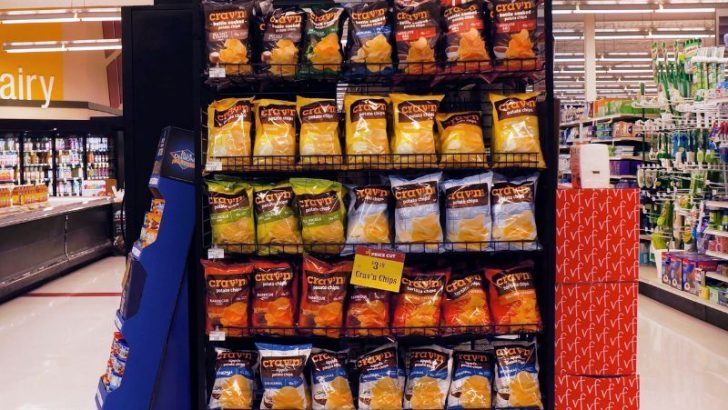Ever wondered why a quick trip to the grocery store often turns into an unexpected spending spree? Grocery stores are designed with strategic layouts and psychological tricks to entice you to spend more, often without you even realizing it. From the moment you step inside, everything from the aroma wafting in the air to the placement of products on shelves plays a role in your shopping behavior. Understanding these tactics can empower you to make more conscious choices and save money. Here are nine common tricks that stores use to bolster their profits while you fill your cart.
1. Strategic Store Layout
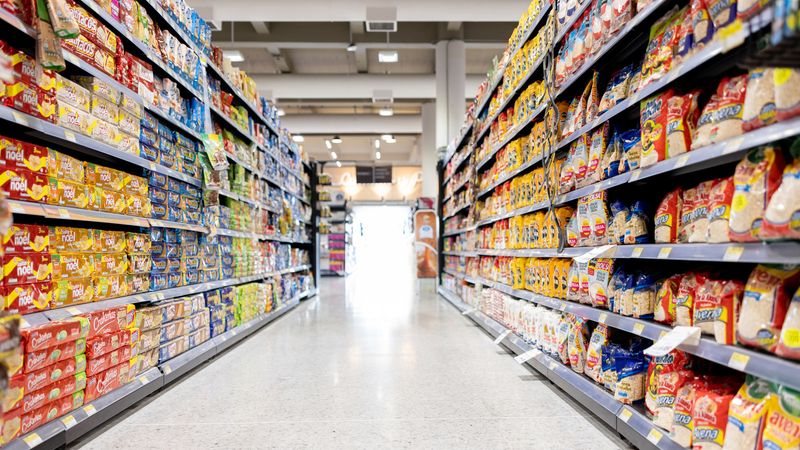
Ever searched for milk only to find it at the back of the store? This is no accident. Grocery stores place essential items like milk and eggs at the far end to encourage you to traverse multiple aisles. As you pass through, you’re exposed to an array of products you might not have considered buying. This clever setup increases the chances of impulse purchases. Next time, notice how many aisles you walk through before reaching your target item. It’s a subtle yet effective way to boost store sales, capturing your attention with every step.
2. Eye-Level Product Placement

When was the last time you picked an item from the top or bottom shelf? Eye-level shelves are prime real estate in grocery stores. Products placed here are often higher-priced or high-margin items. This strategic placement increases the likelihood of these products ending up in your cart. As you shop, take a moment to scan the top and bottom shelves for potentially better deals. Retailers know that you’re more likely to grab what’s right in front of you. It’s a simple trick that affects purchasing decisions subtly but significantly.
3. Endcap Displays
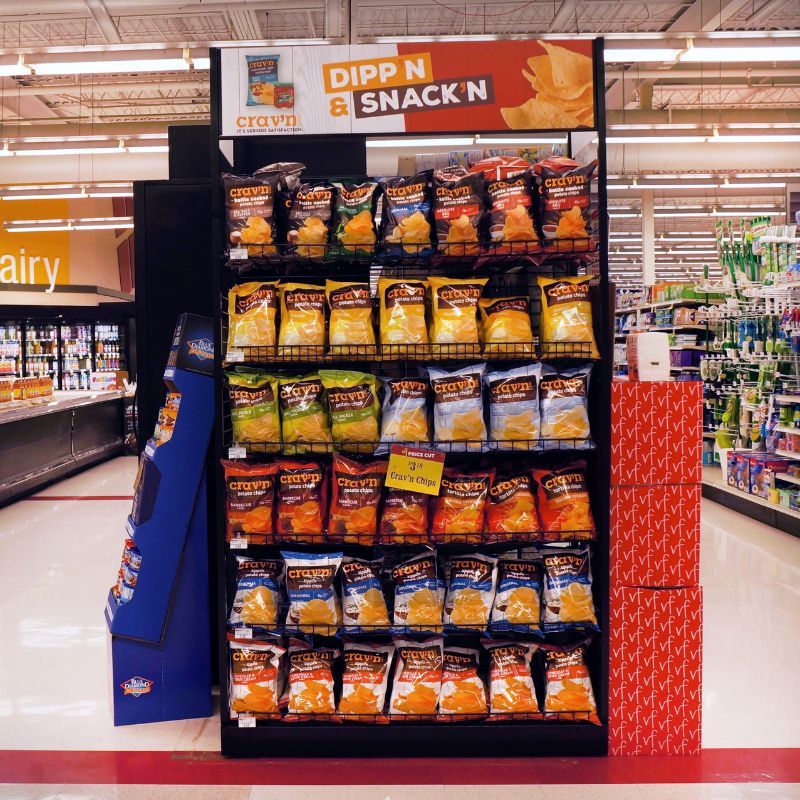
Have you been tempted by those colorful displays at aisle ends? Known as endcaps, these spots showcase promotional or high-margin items. Their strategic location catches your eye, enticing you to make unplanned purchases. Endcaps often feature products on sale or bundled deals, creating a sense of urgency or value. While they might seem like convenient grab-and-go options, they are designed to capture your attention and dollars. Next time you shop, be mindful of what’s on the endcap and consider if it’s really a necessary purchase.
4. Aromas and Sensory Cues
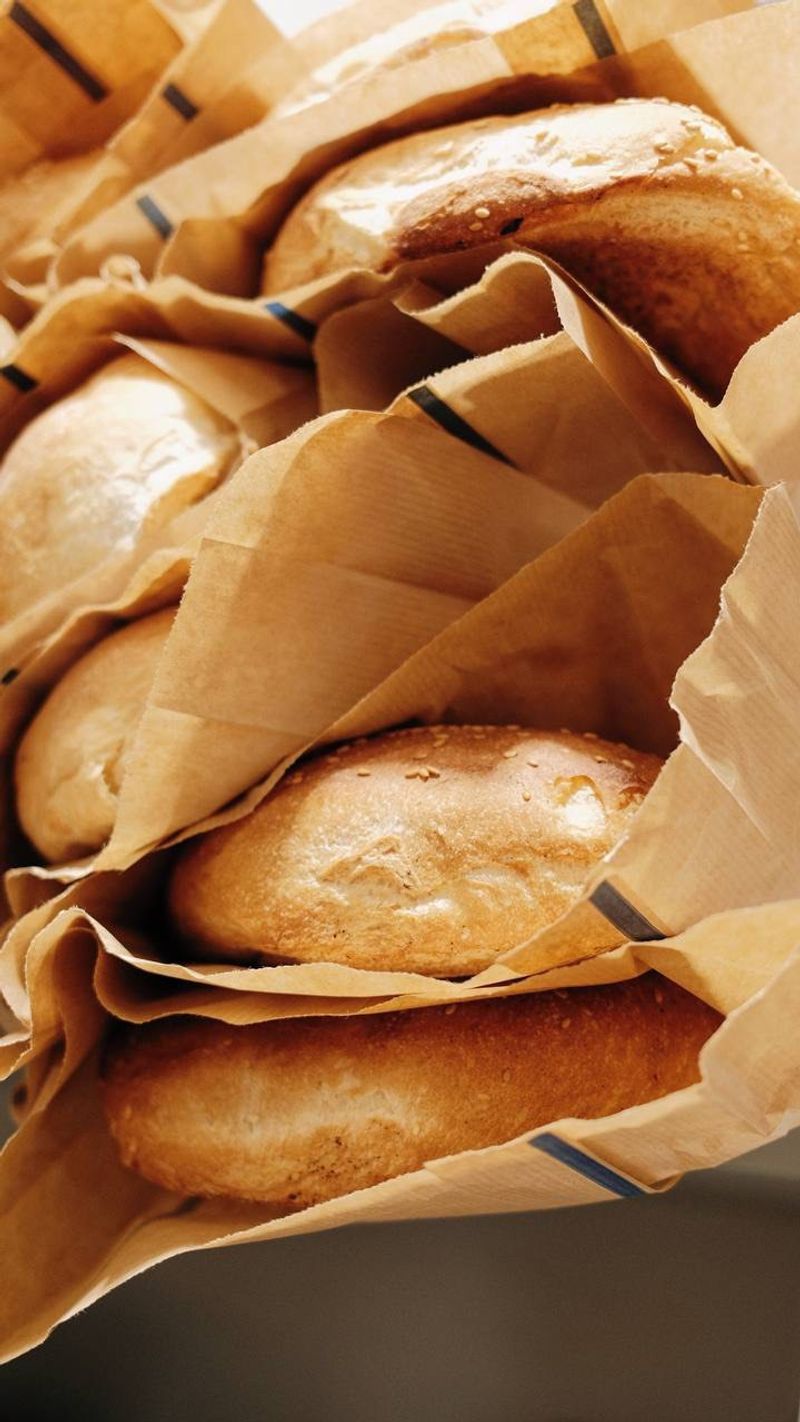
Imagine entering a store and being greeted by the smell of freshly baked bread. This sensory cue is no coincidence. Aromas like these are strategically used to trigger hunger and prompt impulse buys. Grocery stores often place bakeries near entrances, ensuring you start shopping with a rumbling stomach. The scent can make you walk in for one item, but leave with a cart full. This enticing atmosphere cleverly influences your mood and shopping behavior, encouraging you to explore more and buy more.
5. Color Psychology
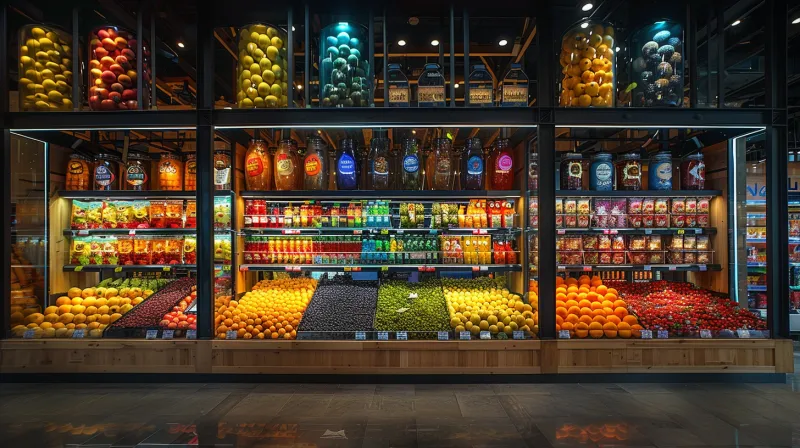
Did you know colors can influence your spending? Warm hues like red and yellow create urgency, while cooler shades like blue and green promote calmness and longer browsing. Stores use this color psychology to their advantage, designing signs and displays to subconsciously affect your mood. As you shop, notice the color schemes around you. They aren’t just for aesthetics; they’re carefully chosen to guide your experience. By understanding this trick, you can become more aware of how colors impact your shopping choices.
6. Music and Lighting
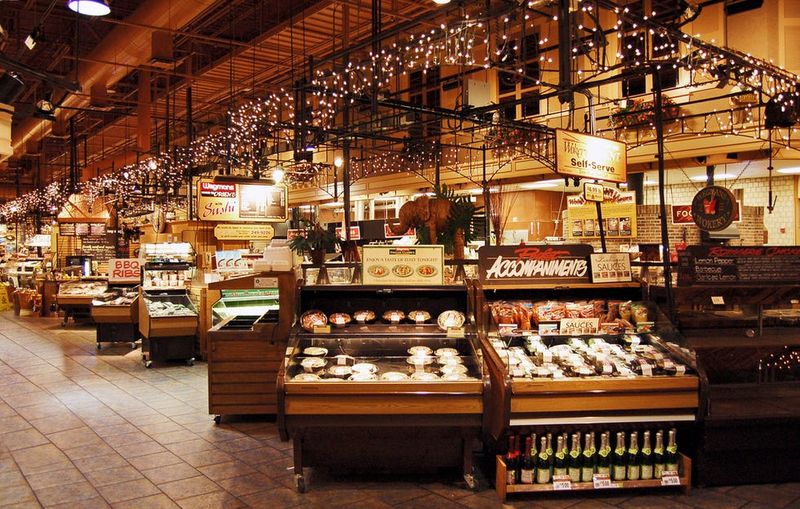
Gently playing in the background, slow-tempo music and warm lighting create a relaxed shopping environment. This ambiance encourages you to linger, exploring aisles at a leisurely pace. Extended browsing often leads to additional purchases. Retailers curate these sensory elements to make your shopping experience enjoyable and prolonged. Next time you’re in the store, take note of the music and lighting. These subtle features are designed to keep you in-store longer, subtly coaxing you to buy a little more with each lap around the aisles.
7. Product Bundling
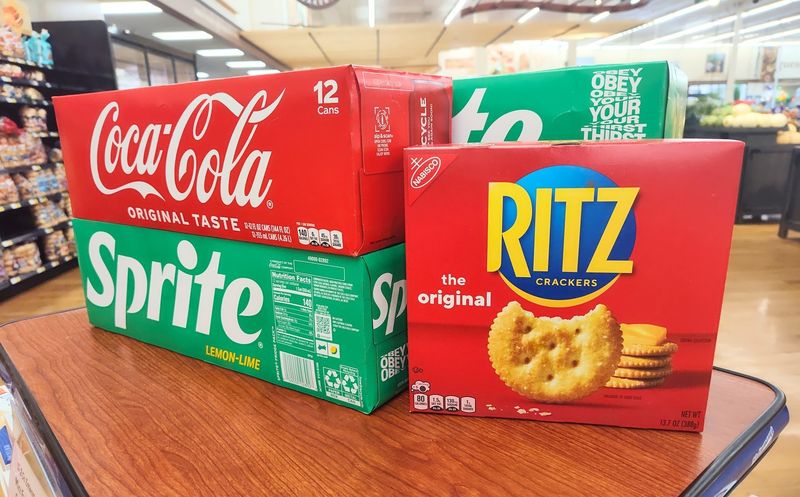
Ever noticed chips and salsa conveniently placed side by side? This is product bundling at work. Stores position complementary items together to entice you to buy both. By making these pairs easily accessible, stores simplify decision-making, increasing overall sales. Whether it’s pasta and sauce or peanut butter and jelly, this trick encourages you to consider items you might not have thought to buy. Next time you’re shopping, observe the pairings and consider if you really need both. It’s a subtle nudge to boost your cart value.
8. Psychological Pricing
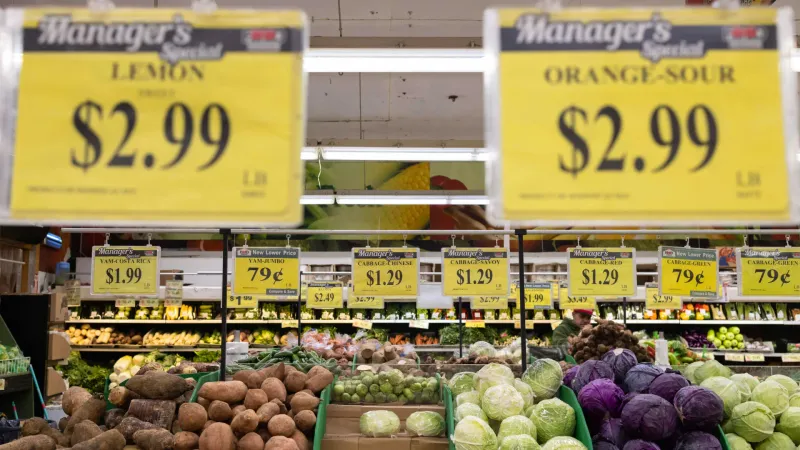
Have you ever been drawn to prices that end in .99 or .95? This is psychological pricing. By pricing items just below a round number, stores make products seem cheaper than they are. This tactic influences your perception of value, nudging you toward a purchase. Shoppers often overlook the small difference, focusing instead on the perceived bargain. Next time you’re at the store, take a closer look at price tags. Recognizing this technique can help you make more rational, informed purchasing decisions, ensuring you truly get the best deal.
9. Loyalty Programs
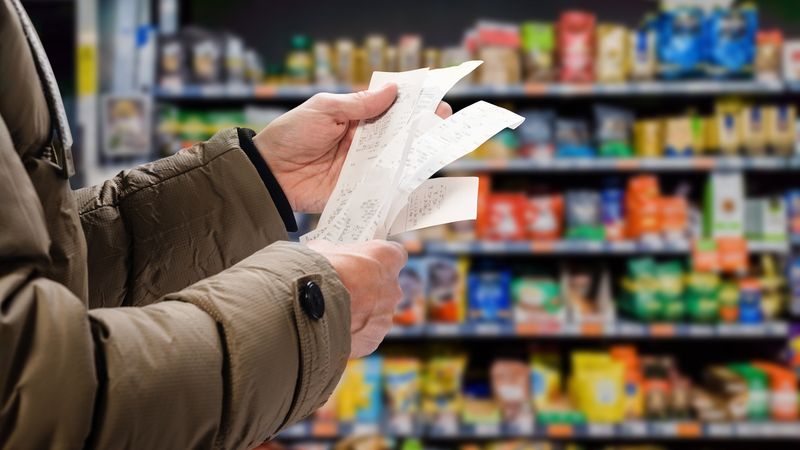
Do you carry a loyalty card? These programs track your shopping habits, offering targeted discounts to encourage repeat visits and increased spending. By presenting special offers based on past purchases, stores entice you to return, fostering a sense of exclusivity and savings. While loyalty programs offer benefits, they also subtly incentivize you to buy more. Next time you swipe your card, consider how your shopping patterns are influenced. Being mindful of these tactics can help you better navigate promotions, ensuring you truly save on essentials.

Well, hello there!
My name is Jennifer. Besides being an orthodontist, I am a mother to 3 playful boys. In this motherhood journey, I can say I will never know everything. That’s why I always strive to read a lot, and that’s why I started writing about all the smithereens I came across so that you can have everything in one place! Enjoy and stay positive; you’ve got this!

